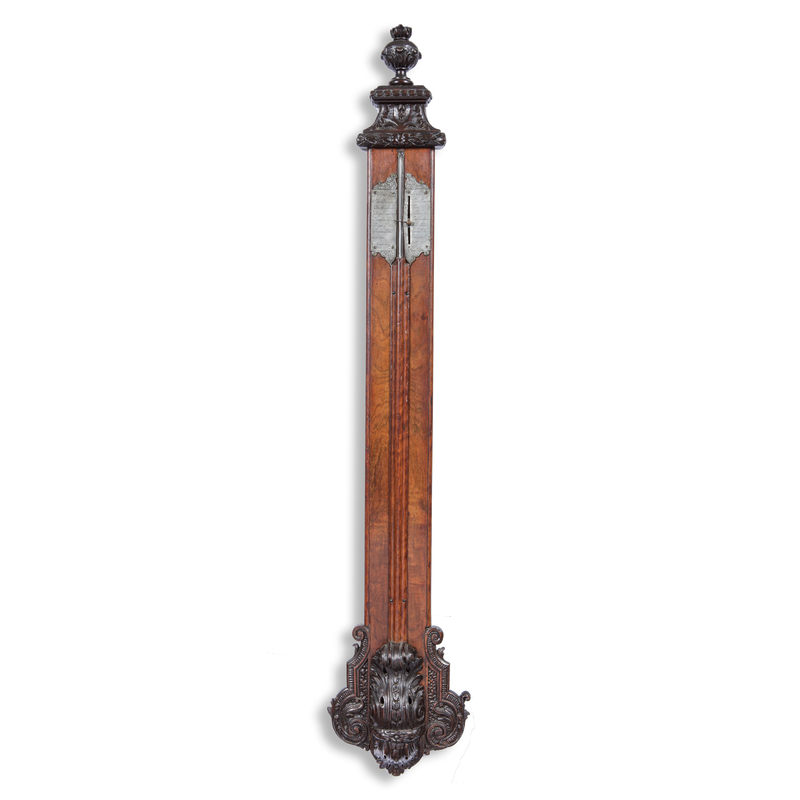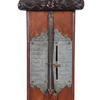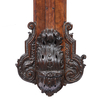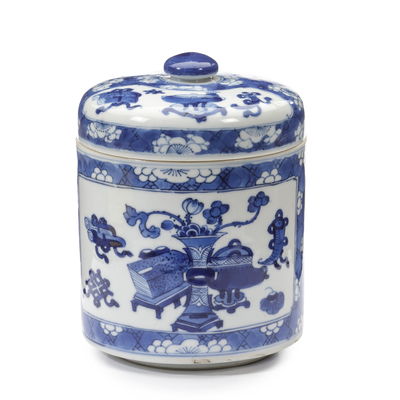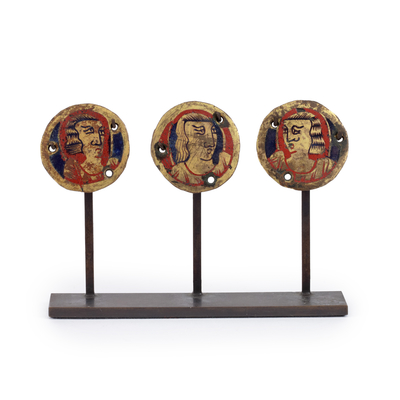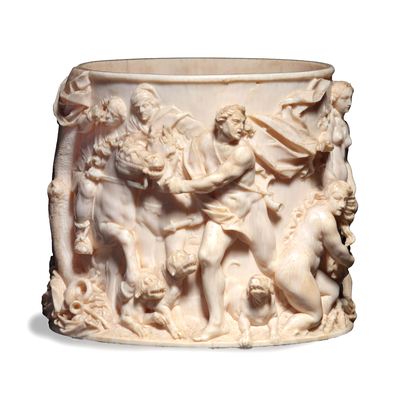Barometer, signed Musschenbroek
Global shipping available
- Origin
- Leiden
- Period
- 1700 - 1725
- Material
- Oak with walnut, ebony, pewter, glass, mercury
- Height
- 112 cm
- Width
- 21 cm
- Literature
B. Bolle, Barometers in beeld, Lochem 1983, . 45, 52, 53, fig. 98.
- Museums
Similar signed barometer: collection Rijksmuseum Boerhaave, Leiden, inv. no. V10218.
Questions about this object?
Please use one of the contact options below:
Description
This barometer is one of the early Dutch models, manufactured between 1700 and 1725 and signed 'Musschenbroek Fecit L' on the scale plate; it was made by Jan van Musschenbroek in Leiden. The oak backboard is glued with walnut, on which a Torricelli tube with pewter scale plate is attached. On the scale plate are two scale displays, for summer and winter with weather indications such as 'Groote Droogte', 'Mooy Weer', 'Harde Vorst' and 'Koude'. With the help of the sliding pin, the weather type can be easily read. The mercury tube is partly hidden and only visible at the height of the scale plate. The back board is crowned with an ebony ornament with a vase and floral motifs. The mercury reservoir at the bottom of the board is hidden behind an elegantly carved ebony ornament with acanthus leaves and volutes.
A very similar barometer is in the collection of Rijksmuseum Boerhaave (inv. no. V10218), signed by Van Musschenbroek. The first barometers were manufactured in England in the 1770s. These simple instruments, consisting of a board with a Torricelli tube, were intended for a scientific audience. In the course of time, more interest was generated and the barometers were increasingly embellished, culminating in the 18th century. The scale plates were engraved and the mercury reservoir was hidden and camouflaged. In the Netherlands, the so-called 'bakbarometers', with glass door and richly decorated casing, became popular. The earliest known Dutch barometer dates from 1694/1695 and is in the collection of Museum de Lakenhal, Leiden (inv. no. 155).
This early model, dated between 1700 and 1725, was made by Jan van Musschenbroek. The Van Musschenbroek family of Leiden were renowned instrument makers, with customers both at home and abroad. In their workshop the 'Oostersche lamp' they made air pumps, microscopes and telescopes. Besides these scientific instruments Jan van Musschenbroek is also known for his magic lanterns. His brother Pieter van Musschenbroek, professor of physics at Leiden University, invented the Leidse Fles: a condenser for electricity that was later used by Benjamin Franklin in his famous kite experiment. Many of the instruments of the Van Musschenbroek family, including a similar barometer, are currently part of the collection of Rijksmuseum Boerhaave, Leiden.
